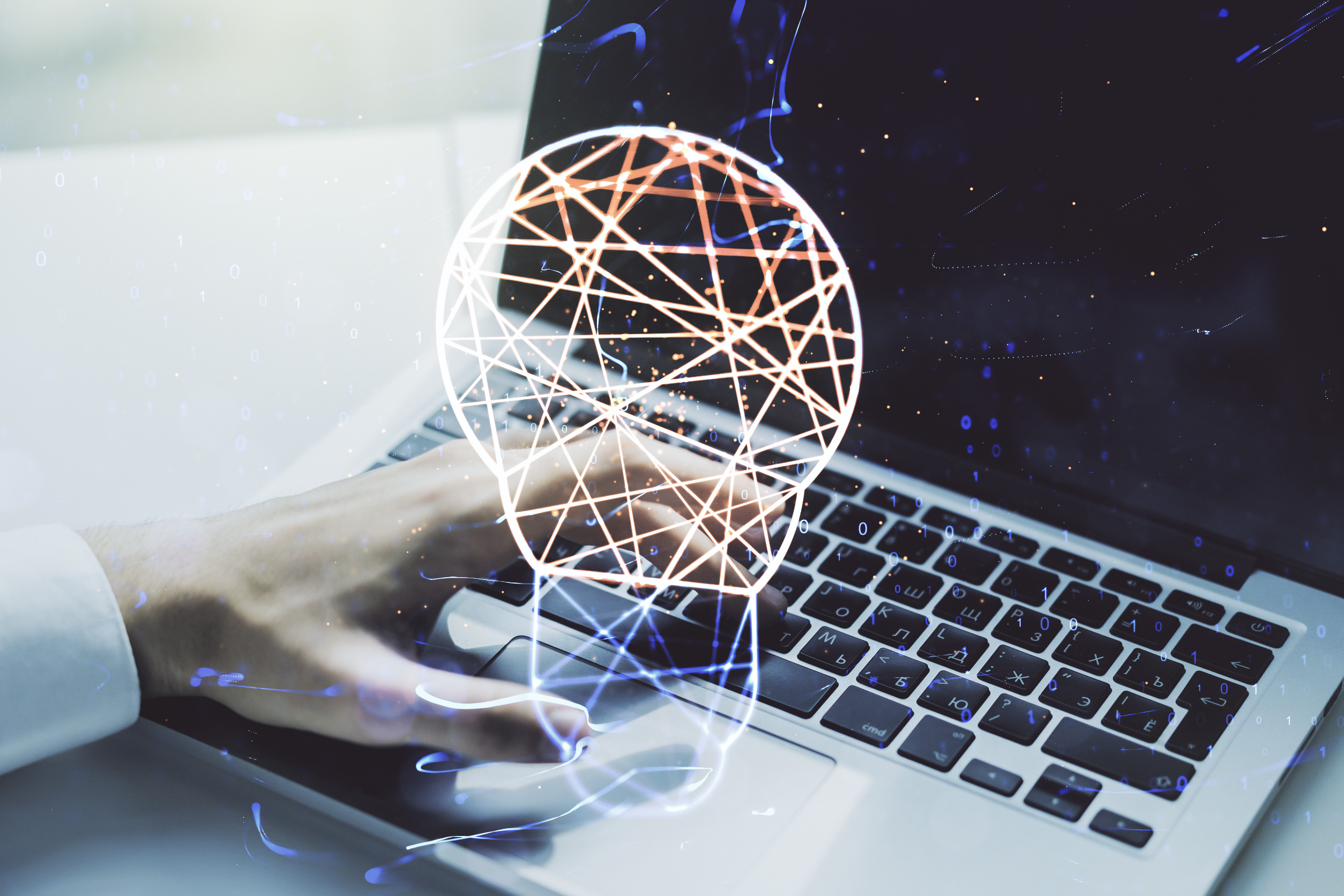How to create a work culture that attracts top talent
- HRM Asia Newsroom

In the past, the majority of office experiences were more or less the same: Clock in, work, lunch, work, clock out, repeat. Companies emphasised hierarchy with corner offices, while cubicles became symbolic of the monotonous corporate grind.
But the next generation of workers is seeking more than a 25-square-foot pod and a paycheck. Millennials, who will make up 50 per cent of the workforce by 2020, aspire to find jobs that have meaning, that spark curiosity and offer a sense of fulfillment.
Global trends toward urbanisation also come into play: 70 percent of the world’s population will be living in cities by 2050, and the way people live and work will become increasingly integrated.
With urban density and constant connectivity cluttering their personal lives, the next generation of workers will increasingly be looking for ways to achieve more balance, such as workplace that provides wellness programmes, hobby clubs, flexible hours and remote work opportunities. That’s why a happy and healthy work environment will be crucial to attracting and retaining top talent.
Culture is hard to define, but at WeWork, we consider it to be an amorphous energy that’s integral to whom we are as a company, what we care about, and how we work day to day.
There’s no one-size-fits-all approach to work culture. It can and should be unique to every company, depending on the values and needs of your employees.
But there are a few key ingredients that will help employers retain top talent, boost employee engagement, and encourage innovation for a more agile business as the market evolves.
Since our establishment in 2010, WeWork has not only witnessed thousands of companies evolve within our collaborative spaces, but we’ve also watched our own company’s grow, now operating in more than 105 cities worldwide.
Developing an attractive company culture has always been a core goal of our business — we believe in inclusivity, flexibility, collaboration, and we’ve strived to design spaces that echo these values.
To instill our company culture across the globe, we have developed an operating system called cultureOS. Much like a math problem, we believe that culture is an output based on a system of inputs.
With an established framework, we have not only organised our own company culture, but we have also helped other corporations such as Indeed who grew with us as they were scaling their Engineering team at WeWork Beach Centre from being one of our first members to now taking a dedicated floor where they have since reimagined their own cultures and subsequently boosted engagement and productivity.
The equation comes down to three key pillars: people, leadership and connection. Exceptional people are the foundation of any exceptional business.
By recruiting professionals with local expertise who share the same values as the company, we learn the nuances of building a community in a distinct city or neighborhood — how people work and live distinctly in Singapore, compared with Beijing, Tokyo, or Hong Kong.
In Asia, we employ a local-first strategy hire where we onboard local talent, then provide on-the-job training at our regional headquarters to share our company culture and develop a sense of global community.
We then invited new team members to join our Learn & Development Community Immersion programme, a cross-team building experience that enables our functional teams to take a deep dive into our operations and culture, unpacking topics such as how we build “community on the front line”.
Inevitably, the work culture in each WeWork location in Asia will develop its own local spin but they’ll all be rooted in WeWork’s core philosophies.
When it comes to leadership, we believe that the most effective people in management are those who lead with purpose. For example, our co-founders Miguel McKelvey and Adam Neumann have been vanguards of the shift in work culture.
Their core mission — to build a community — has had a ripple effect around the world, inspiring corporations of all sizes to evaluate everything from their interior design to their team-building activities, work style and organisational standards.
With authentic leadership steering the ship, employees will feel empowered to be part of the movement.
That brings us to connections. To build a sense of community and team ethos, we recommend evaluating how your workers use space. Incorporating multi-purpose areas where teams can collaborate, brainstorm and network will not only encourages productivity, but also creativity and innovation for a more nimble business in the face of competition.
Collaborative work spaces could take many forms, from comfortable lounge areas for creative discussions to a relaxed coffee shop for small-team meetings, or hot desks instead of cubicles — each team’s preferred work style will be different.
Day to day connectivity is important, as is a sense of inclusion across the entire company. With teams located all over the world, WeWork aims to cultivate an international community through relationship-building experiences, such as annual Summer Camps and a Global Summit where we bring all of our employees together to share ideas, bond, and feel a part of the WeWork community.
We also encourage cross-functional teamwork, to expose our team members to various departments and encourage a holistic understanding of how WeWork operates.
While a healthy work culture isn’t the only factor to consider when future-proofing your company, it’s important to consider what the next generation of employees want out of their jobs, lives, and relationships.
By asking these questions, you will be one step closer to adapting to the future of work.
About the Author
Yasu Sato is the Head of People, Pacific at WeWork.







